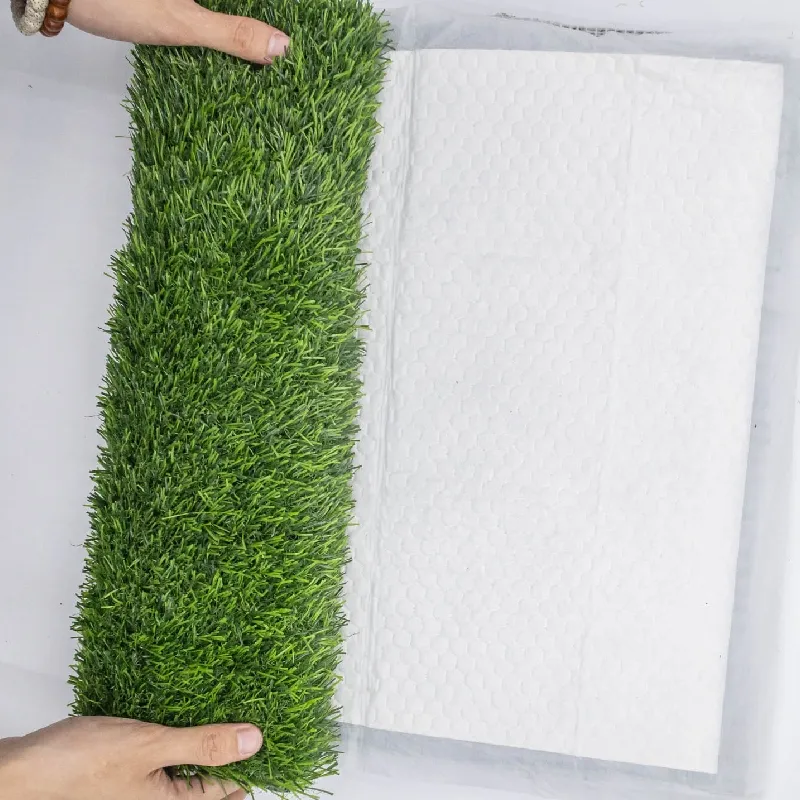
- Afrikaans
- Arabic
- Belarusian
- Bengali
- Czech
- Danish
- Dutch
- English
- Esperanto
- Estonian
- Finnish
- French
- German
- Greek
- Hindi
- Hungarian
- Icelandic
- Indonesian
- irish
- Italian
- Japanese
- kazakh
- Rwandese
- Korean
- Kyrgyz
- Lao
- Latin
- Latvian
- Malay
- Mongolian
- Myanmar
- Norwegian
- Persian
- Polish
- Portuguese
- Romanian
- Russian
- Serbian
- Spanish
- Swedish
- Tagalog
- Tajik
- Thai
- Turkish
- Turkmen
- Ukrainian
- Urdu
- Uighur
- Uzbek
- Vietnamese
golf turf putting green
Dec . 05, 2024 18:10 Back to list
The Importance of Golf Turf for Putting Greens
Golf is a sport that requires precision, skill, and a deep understanding of the playing surface. The putting green, often considered the crown jewel of any golf course, is where many golfers spend the majority of their time. To achieve a superior putting experience, the choice of turf is paramount. In this article, we will explore the importance of golf turf specifically designed for putting greens, its varieties, and its impact on gameplay.
The Significance of Quality Turf
The quality of turf on a putting green affects everything from ball roll to player confidence. A well-maintained putting surface allows for consistent roll and speed, which is critical for making accurate putts. When the turf is uneven or poorly maintained, it can lead to inconsistent ball behavior, causing frustration for golfers and affecting their overall performance.
Moreover, the aesthetics of the putting green cannot be ignored. The visual appeal of a lush, green putting surface enhances the overall experience of playing golf. Turf that is healthy and vibrant contributes to the beauty of the course, attracting players and promoting the sport as an enjoyable pastime.
Common Types of Golf Turf for Putting Greens
There are several types of turf that are commonly used for putting greens, each with its unique characteristics
1. Bermudagrass This is one of the most popular choices for warm-weather regions. Bermudagrass grows vigorously and creates a dense mat that provides a smooth surface for putting. Its ability to recover quickly from wear and tear makes it ideal for high-traffic areas.
golf turf putting green

2. Bentgrass In cooler climates, bentgrass is the turf of choice. Known for its fine texture and dense growth, bentgrass creates an exceptionally smooth surface for putting. Although it requires more maintenance than Bermudagrass, golfers often prefer it for its playability.
3. Zoysiagrass Zoysiagrass is another option that offers durability and heat tolerance. While it may take longer to establish, it provides a good balance between playability and resilience, making it suitable for transitional climates.
4. Artificial turf As technology has advanced, synthetic putting greens have gained popularity. They provide consistency and require less maintenance than natural grasses. However, the feel and playability can vary significantly between different brands and products.
Maintenance and Upkeep
Regardless of the type of turf used, maintenance is key to keeping a putting green in top condition. Regular mowing, fertilization, and aeration are essential practices that promote healthy growth and a smooth surface. Additionally, pest management and water regulation help prevent diseases and ensure that the turf remains vibrant, which directly impacts the quality of play.
Conclusion
In conclusion, the choice of golf turf for putting greens is crucial for both the aesthetics and functionality of a golf course. Whether opting for natural grass like Bermudagrass or bentgrass, or choosing synthetic alternatives, the right turf can enhance the overall experience for players. With proper maintenance, a high-quality putting green can transform a good golf course into an exceptional one, where golfers can enjoy the challenge of the game and take pride in their skills on a beautifully manicured surface. Investing in the right turf is not just about enhancing gameplay; it is about fostering a love for the sport and creating memorable experiences on the green.
-
The Benefits of Artificial Turf for Indoors
NewsJul.15,2025
-
How Artificial Grass Suppliers Ensure Quality Products
NewsJul.15,2025
-
Artificial Grass and Pets: A Space for Relaxation
NewsJul.08,2025
-
Balcony & Outdoor Decoration with Artificial Grass
NewsJul.08,2025
-
Best Indoor Artificial Grass for Home
NewsJul.07,2025
-
Best Pet Turf for Dogs: Safe & Durable Artificial Grass Options
NewsJul.07,2025
Products categories









